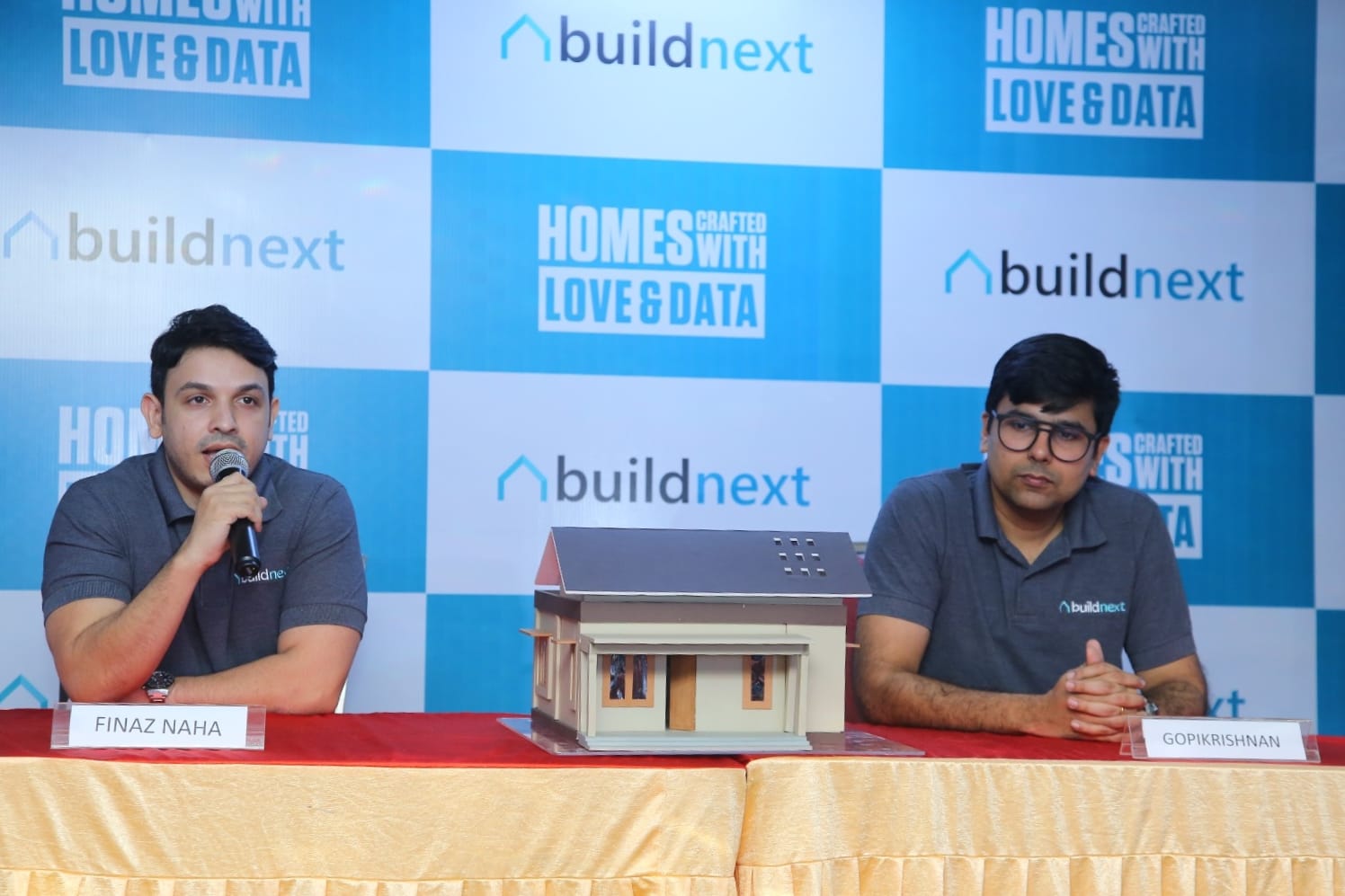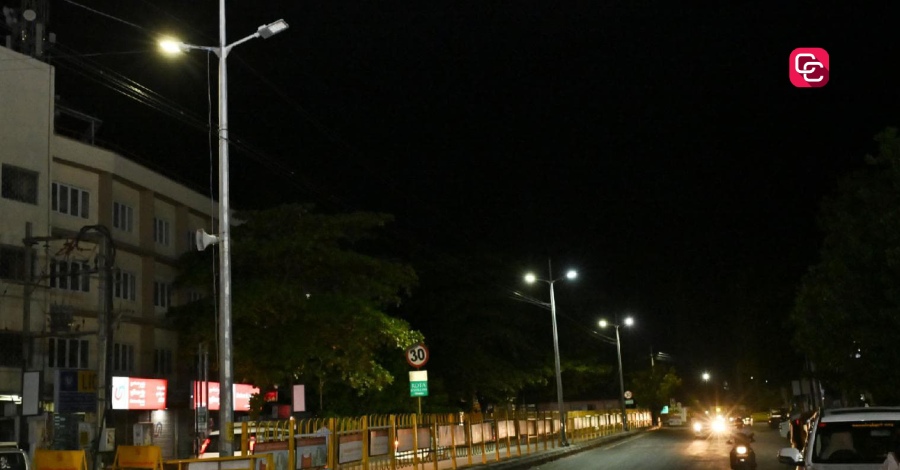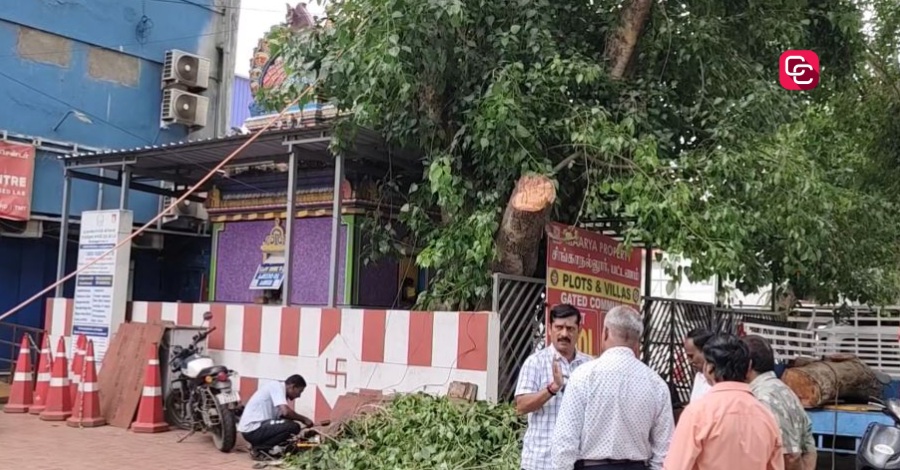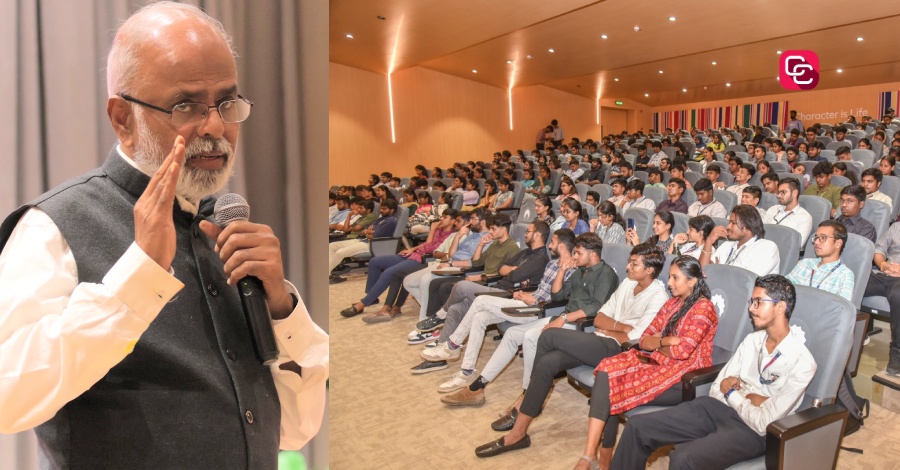Build Next: Home Crafted with Love and Data
- by David
- May 16,2023
In this 21st century, it is said that data is the new oil. Studying relevant data helps increase efficiency, be it in medical diagnostics, weather forecasting, or even planning the best route for trips, in addition to improving recommendation qualities, creating more personalized product and service offerings and so on.
All of this has been pampering us so well across our lifestyles, that in many cases we just take this for granted. For example, we don’t even guess the estimated time taken predicted by Google Maps twice. Or we are not surprised when we see recommendations of content, we prefer in news feed or Instagram reels.
Compared to other industries, digitization was lacking in the Construction industry, especially homebuilding segment, primarily due to most work happening in sites as compared to a controlled factory environment, as well as the large number of collaborators and dependencies in design and building process.
As a result, there is still a whole lot of inefficient, subjective, and often wrong decision making in homebuilding, which end up bringing down the quality of design and build on an industry level. There is a lot of focus on what looks good, but there is very limited thought which goes behind a lot of the other parameters like handling all different functionalities, durability of various parts, maintenance requirements, or performance in various weather conditions.
At BuildNext, we understand that each home design and build is a unique problem, which needs a unique solution. We have created toolkits to capture and use data from all the designs and build we are doing, and we distill this data to create the right learnings, to solve every new design and build problem a little better than earlier.
Data thereby helps us on this mission to create the best homes for each homeowner, improve efficiency and enhance the home-building experience by crafting homes with love, a love that is felt by the occupants, channel partners, and ourselves with the help of data and technology. There are many ways a home could be designed and built, but at BuildNext, we choose the most efficient and optimized path with the help of data.
We have created a structured Building Information Modeling based system for capturing data in each stage, linking them, and using it efficiently in decision making, starting from understanding their ideas and needs, translating it into the design and evaluating it, to building it on-site..jpeg)
Use of Data and Technology in Understanding the Homeowner and creating the most apt design solutions
It is said that it takes a few months to build a Home, but it takes years to shape it.
Each person has a conception of how their home should be, shaped by the ideas and beliefs influenced and developed through years of observation. Finally, when deciding to go ahead with construction, these ideas must be reflected and implemented in shaping your home.
Many times, all these ideas and preferences are difficult to communicate with the designer or architect while setting the brief, as there is no structured format. It takes a lot of to-and-fro revisions both during the design phase and during the build phase, and even then, after occupying, homeowners very often may feel many requirements were missed out.
We figured out that the number one cause of poor efficiency and abysmal planning, was customer led changes through the course of design and build. A staggering 95%+ of homes built had significant changes happening through the course of build – and the industry hence did not even bother to plan deep enough, creating more and more scope for potential changes.
We started mapping every change request, and the core reason behind such requests, and we were able to classify every single change request to one of the below categories:
1. Partial understanding of the design by the homeowner – figuring out something in plan is not how the homeowner wanted it
Room sizes are not as much as what the customer would have liked it – they just could not figure out well enough from a 2D plan
For example, you would like a certain style or feature to be incorporated in the design but may not be knowing the name for communicating.
2. Incomplete planning and designing on the go – leading to unsolvable problems which needs rework
For example, standards not considered/ standards are considered while setting heights, but occupants sometimes don't find comfort with the heights as they are not as per their ergonomics.
Lack of Personalization of the position of fixtures based on handedness (Faucet position for a left-hander)
Missing out functional requirements during design stage, realizing later
New ideas captured from various sources randomly incorporated, often including rework
Third party interventions (Another engineer/ vasthu expert etc.)
Now that we had this data, we started working on solutions and testing how effectively these solutions could rectify the issues here.
1. We understood that nothing less than the actual house can actually communicate the entirety of the design to every kind of customer. We then worked towards adapting the Virtual Reality (VR) tech into home design and construction. We were able to reduce the cost of VR conversion while maintaining the quality, to make it viable to offer VR walk-throughs to every homeowner who comes to us. We have achieved a 100% success rate in solving for this particular issue.
2. We figured out that in many cases, there are lack of standards, and in many cases where there were standards, they were used without the required flexibility and customization, resulting in issues. We mapped all such design snags and started preparing standard dimension sets, details, specifications, and operating processes to resolve this. Not only that we now have solved for almost all of the most common issues, but we also could identify some more issues which get looked over in many cases.
Further, we understood that different groups of customers were specifically asking for specific sets of requirements. We were able to collect this data and group by personas, thereby being able to tap into existing data on lifestyles and requirements to create optimum space utilization for each persona type.
3. We started mapping functionalities either requested for or missed out in various homes, and created a long list of such functionalities. We created worksheets for solving each of these functionalities, and worked out a questionnaire to solve for each of these functionalities, as well as a checklist-based communication system. As a result, now in a BuildNext home, homeowners would never have to think of a functionality that they missed out on, and rectify or create a jugaad later.
That said, through a data based structured process, we were able to reduce the probability of a change request leading to time and money loss during build stage by almost 90%.


















